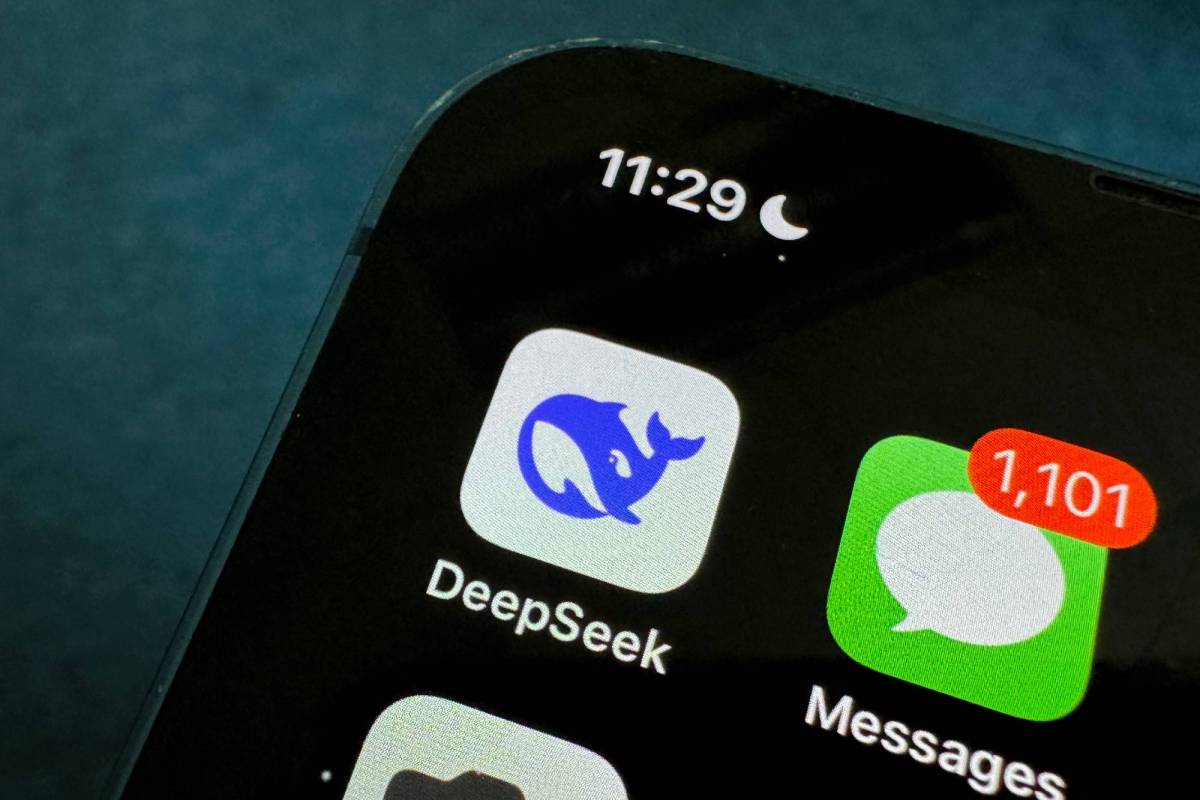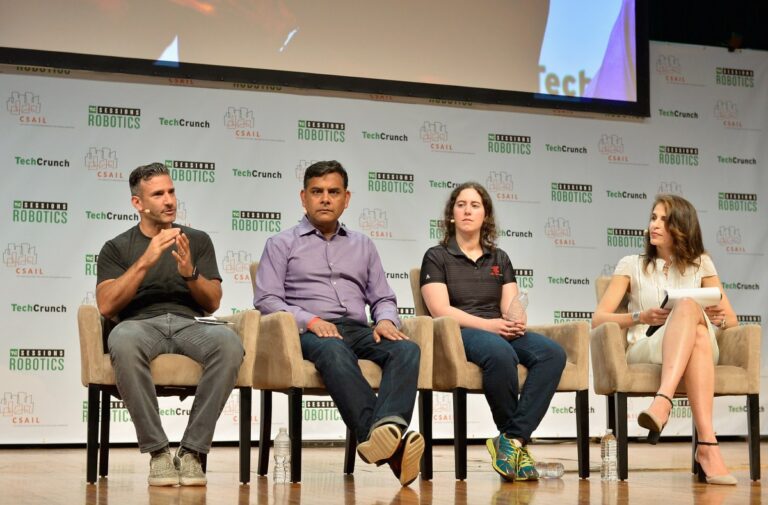DeepSeek Uncovered: Your Ultimate Guide to the AI Chatbot App Revolution
DeepSeek, a groundbreaking Chinese AI lab, has taken the tech world by storm this week, capturing attention with its innovative chatbot app that has soared to the top of both the Apple App Store and Google Play charts. This rapid rise has sparked discussions among Wall Street analysts and technologists regarding the future of AI development and the sustainability of AI chip demand in the U.S.
Origins of DeepSeek: From Trading to Technology
DeepSeek traces its origins to High-Flyer Capital Management, a Chinese quantitative hedge fund that leverages AI to enhance trading strategies. Co-founded in 2015 by AI enthusiast Liang Wenfeng, the company focused on developing AI algorithms for trading decisions.
The Birth of DeepSeek Lab
In 2023, High-Flyer established DeepSeek as a dedicated lab for AI research, operating separately from its financial ventures. With significant investment from High-Flyer, DeepSeek evolved into a standalone entity.
From its inception, DeepSeek prioritized building its own data center clusters for model training. However, like many AI enterprises in China, it faced challenges due to U.S. export restrictions on hardware. To train its latest models, DeepSeek resorted to using Nvidia H800 chips, a less potent alternative to the H100 chips accessible to U.S. firms.
DeepSeek’s Innovative AI Models
DeepSeek introduced its first set of models—DeepSeek Coder, DeepSeek LLM, and DeepSeek Chat—in November 2023. The AI industry began to take notice after the launch of the next-generation DeepSeek-V2 family of models last spring.
Performance of DeepSeek-V2
The DeepSeek-V2 model demonstrated exceptional performance across various AI benchmarks while maintaining lower operational costs compared to similar models. This success compelled domestic competitors like ByteDance and Alibaba to reduce their model usage prices and even offer some services for free.
Advancements with DeepSeek-V3
In December 2024, DeepSeek launched its DeepSeek V3 model, further enhancing its reputation. Internal benchmarks indicated that DeepSeek V3 surpassed both openly available models, such as Meta’s Llama, and “closed” models accessible only via API, like OpenAI’s GPT-4.
Another notable model is DeepSeek R1, a reasoning model released in January 2025. The R1 model is designed to fact-check itself, making it more reliable in fields such as physics and mathematics, although it may take longer to produce results compared to traditional models.
Challenges and Regulatory Oversight
Despite its impressive capabilities, DeepSeek’s models are subject to scrutiny by China’s internet regulator, ensuring that their outputs align with the country’s core socialist values. For instance, the R1 model refrains from responding to sensitive questions regarding Tiananmen Square or Taiwan.
DeepSeek’s Disruptive Business Model
DeepSeek’s business model remains somewhat ambiguous, characterized by pricing its products significantly below market rates while offering some services for free. The company attributes its cost-effectiveness to breakthroughs in efficiency, though some experts question the accuracy of its claims.
- Derivative Models: Developers have created over 500 derivative models of R1, accumulating 2.5 million downloads on platforms like Hugging Face.
- Market Impact: DeepSeek’s rise has disrupted the AI landscape, causing significant stock price fluctuations for competitors like Nvidia.
Future Prospects for DeepSeek
Although DeepSeek is poised for further advancements in model development, its future remains uncertain amid growing concerns from the U.S. government about foreign influence in AI technology.
For the latest updates on AI developments, consider subscribing to TechCrunch’s AI-focused newsletter to stay informed every Wednesday.
This article was originally published on January 28, 2025, and will be continuously updated with new information.







